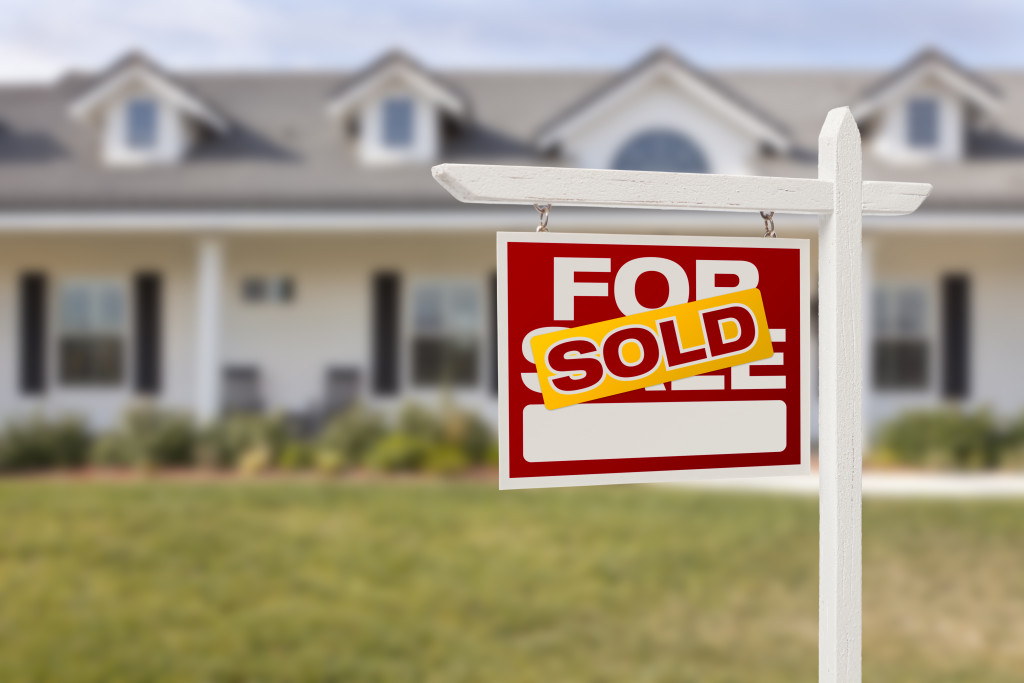The current state of the real estate market is strong. Despite concerns about the economy, the housing market has remained steady. This year, home prices are expected to rise by 3-5%. Sales of both new and existing homes are projected to increase as well. Although the industry looks good for sellers, it’s not looking good for buyers.
The increased prices of homes make it considerably harder to purchase a home, especially for first-time buyers. The lack of inventory on the market also contributes to the difficulty in finding a home. With more people wanting to buy homes than homes available, prices will continue to rise. So, if you’re thinking of buying a home this year, be prepared to pay more than you would have last year.
Some might be able to afford a home this year, but low-income earners will have a much harder time. The good news is that there are still options available for those who want to buy a home. Here are some ways low-income earners can purchase a home this year.
Get help from family and friends
One way to overcome the challenge of affording a home is to get help from family and friends. If you have relatives or close friends who can help you with a down payment or monthly payments, you may be able to make owning a home more affordable. Just be sure to draw up an agreement so that everyone knows what is expected and there are no hard feelings later on.
You can also draw up an agreement with your friends if you can. For example, you can agree to purchase the home together and live there as roommates. This way, you can share the cost of the mortgage and other expenses. Just be sure that you trust your roommate and are compatible before making such a big commitment.
Look for down payment assistance programs
There are also many programs available that can help with the down payment. Down payment assistance programs are typically offered by state or local governments and non-profit organizations. These programs provide either grants or loans that can be used towards a down payment on a home. The most common is Federal Housing Administration (FHA) loan.
FHA Loan
An FHA loan is a mortgage that’s insured by the Federal Housing Administration (FHA). This type of loan is often a good option for first-time homebuyers because the down payment can be as low as 3.5%. The credit score requirement is also lower than most conventional loans. You only need a credit score of 580 to qualify.
The main downside of an FHA loan is that you’ll have to pay both upfront and annual mortgage insurance premiums. These can add up and make your monthly payments more expensive. Another thing to keep in mind is that FHA loans typically have higher interest rates than conventional loans.
If you think an FHA loan might be right for you, contact your local bank or mortgage lender to see if they offer this type of loan.
Get a VA Loan
If you’re a veteran, you may be eligible for VA loans. This type of loan is available to active-duty service members, veterans, reservists, and National Guard members. The main benefit of a VA loan is that you can get 100% financing, which means you don’t need a down payment.
VA loans also tend to have lower interest rates than other types of loans. In addition, there’s no mortgage insurance required with a VA loan.
If you think you might be eligible for a VA loan, contact your local Veterans Affairs office to learn more.
USDA Loans
The USDA loan program is available to low- and moderate-income borrowers who are looking to purchase a home in a rural area. The main benefit of this program is that you can get 100% financing, which means you don’t need a down payment.
USDA loans also have competitive interest rates and don’t require mortgage insurance.
To see if you’re eligible for a USDA loan, contact your local USDA office.
To see if you qualify for any down payment assistance programs, contact your state or local housing department. They will be able to provide you with information on what programs are available and how to get them.

Look for homes that need work
Another option to consider is purchasing a home that needs work. These types of homes are often more affordable than move-in-ready homes. And, if you’re handy, you may be able to do some of the work yourself to further reduce the cost. Just be sure that you factor in the cost of repairs when considering whether or not this is a good option for you.
Another thing to keep in mind is that homes that need work may take longer to sell if you ever decide to move.
If you’re interested in this option, look for homes that are being sold as-is or that are foreclosures. These are typically homes that need the most work but can also be the most affordable.
There are many options available for low-income earners to purchase a home this year. Just be sure to do your research and consult with a financial advisor before making such a big commitment.

